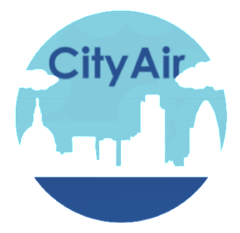
A recent study conducted by researchers at the University of Birmingham and the University of Lancaster revealed that Luton has the worst air pollution in the UK.
The researchers measured nitrogen oxide, carbon dioxide, methane, sulphur dioxide, particulate matter, then compared the findings across the 146 most populous urban areas across the UK.
While emissions released in Luton were as expected, the town’s compactness limits the dispersal of pollution.
Crawley, Leamington Spa, Cardiff, Coventry, Stevenage, Tamworth, Worcester, Oxford and Bradford were also ranked as having extremely high levels of pollution, whereas Milton Keynes and Stoke-on-Trent were found to have better pollution levels than expected.
Lead author of the study, Professor Rob MacKenzie of the Birmingham Institute of Forest Research, said “What we’re interested in is not just how much pollution is produced, but how much is in the air. Our study shows how effective the particular urban form of a city is in dispersing air pollution.”
The main source of air pollution in Luton is from road transport. In its 2019 Air Quality Annual Status Report, the Council has been taking forward a number of direct measures to address air quality. This includes actively raising awareness of vehicle idling through no-idling campaigns and driver education to ensure fleet operators are working towards reducing their environmental impact.
You can read the full report here.
